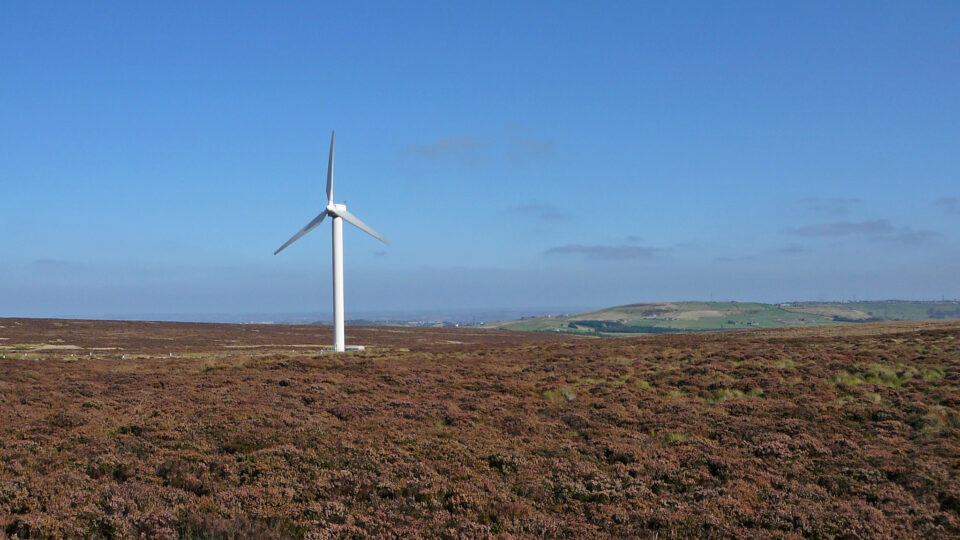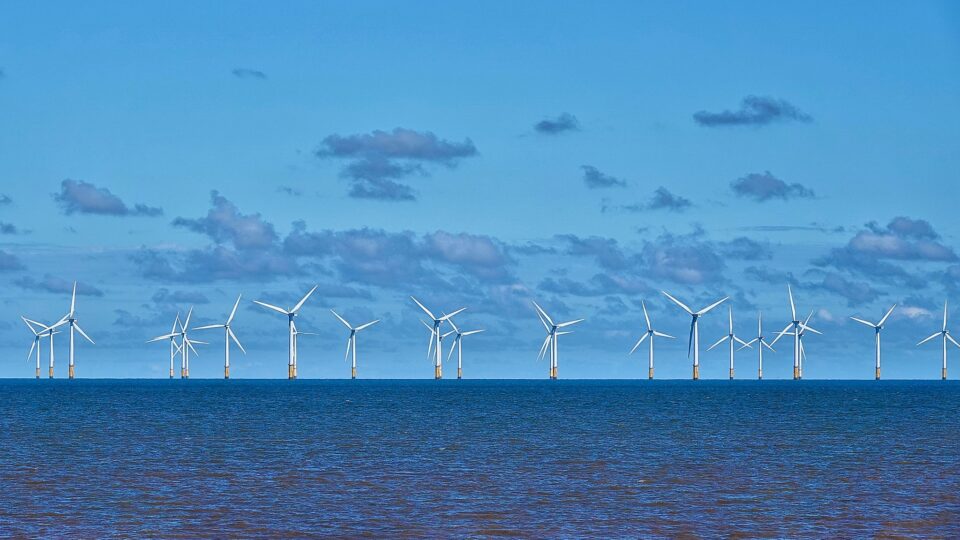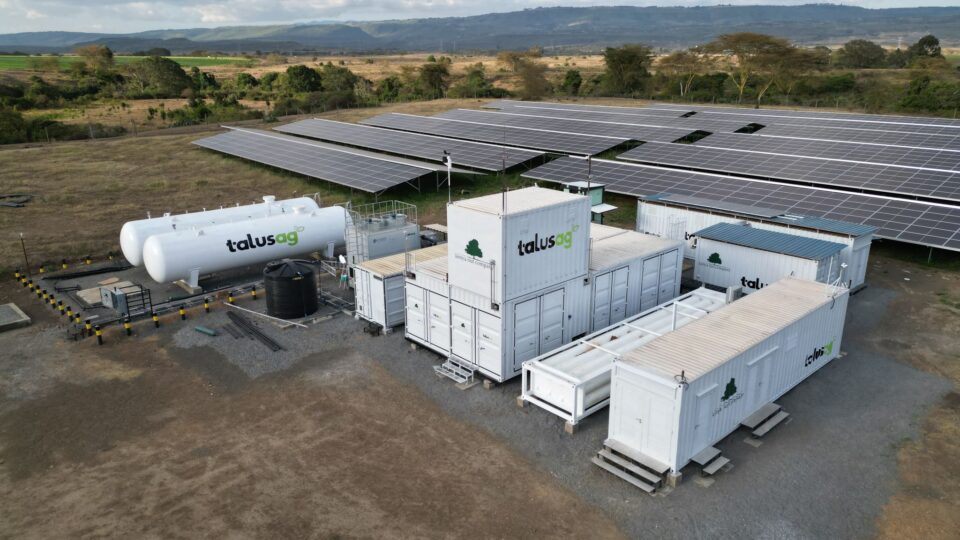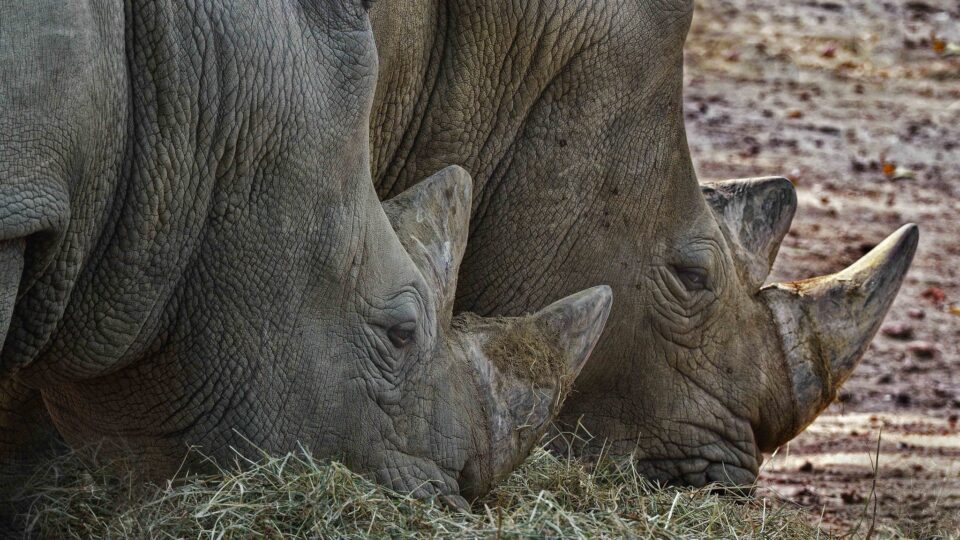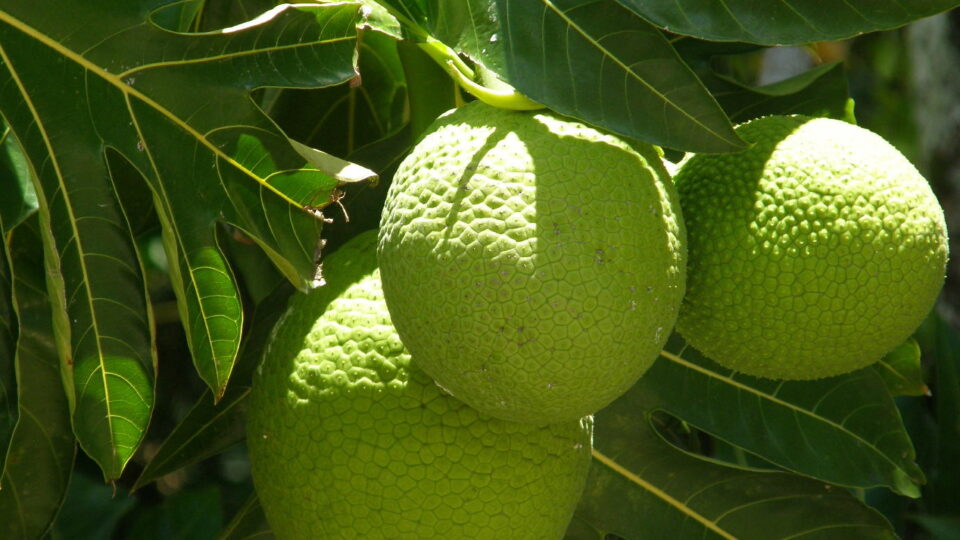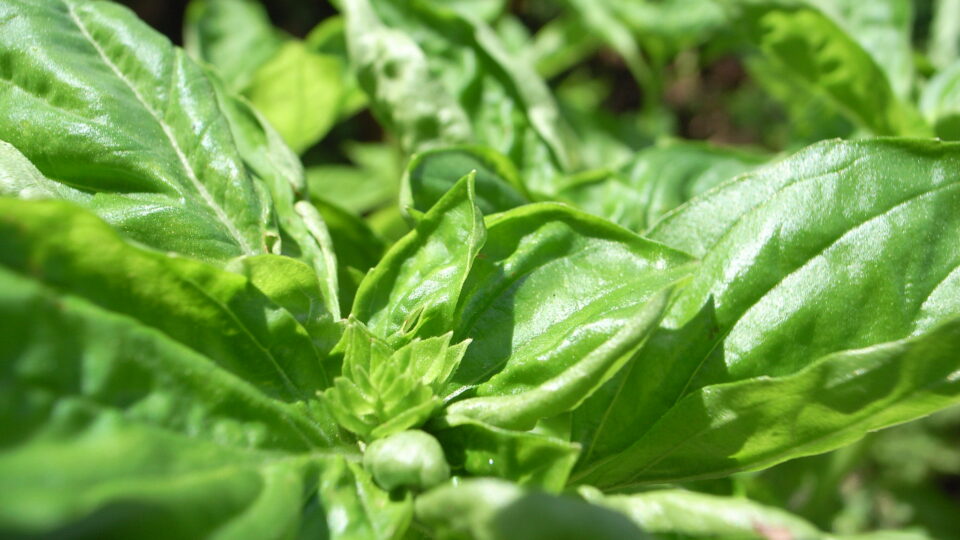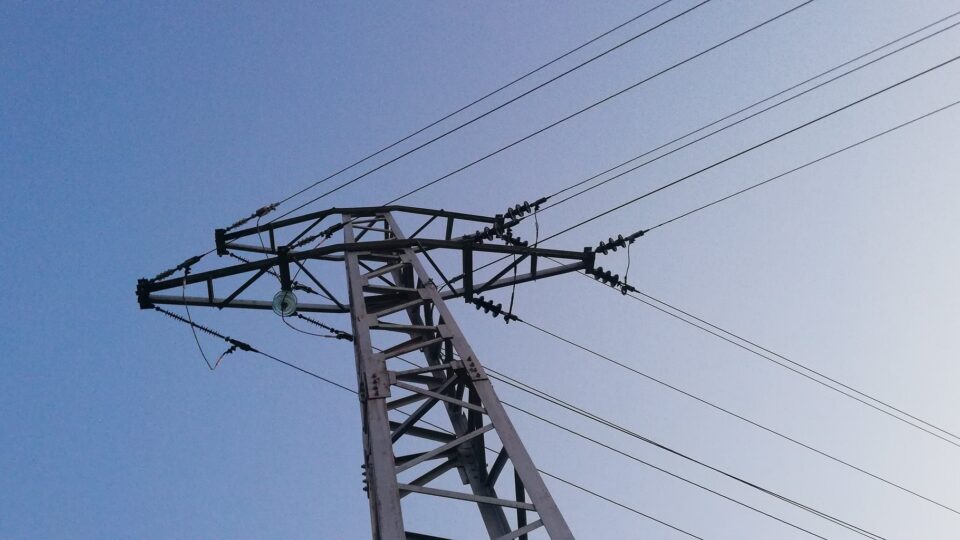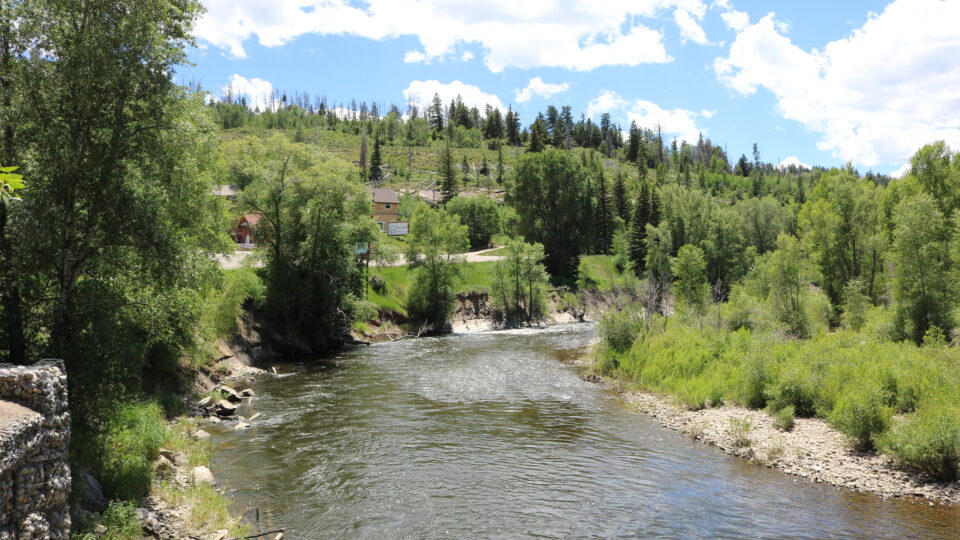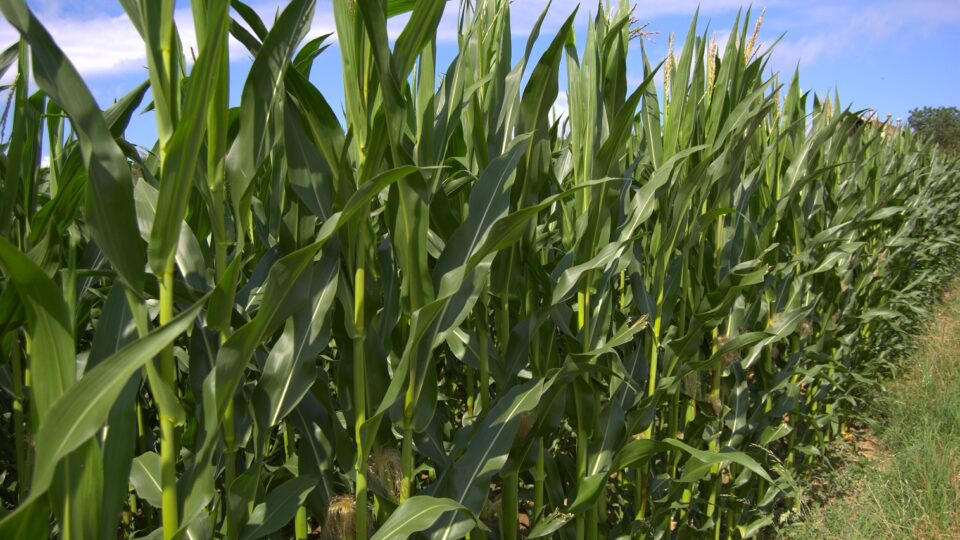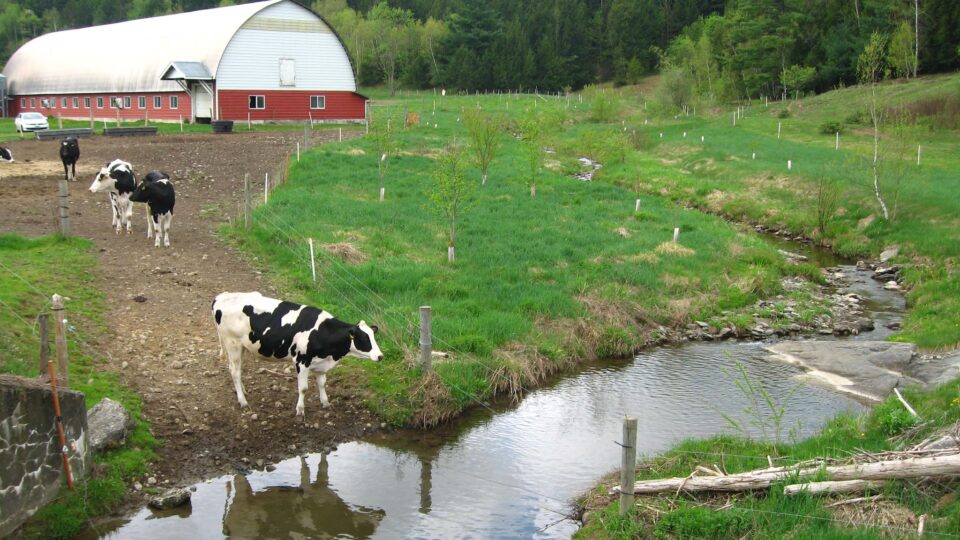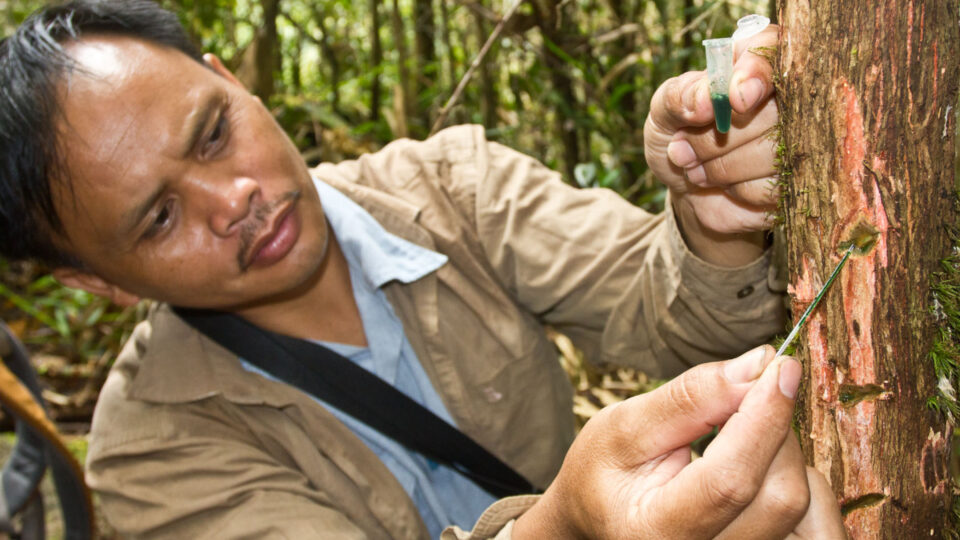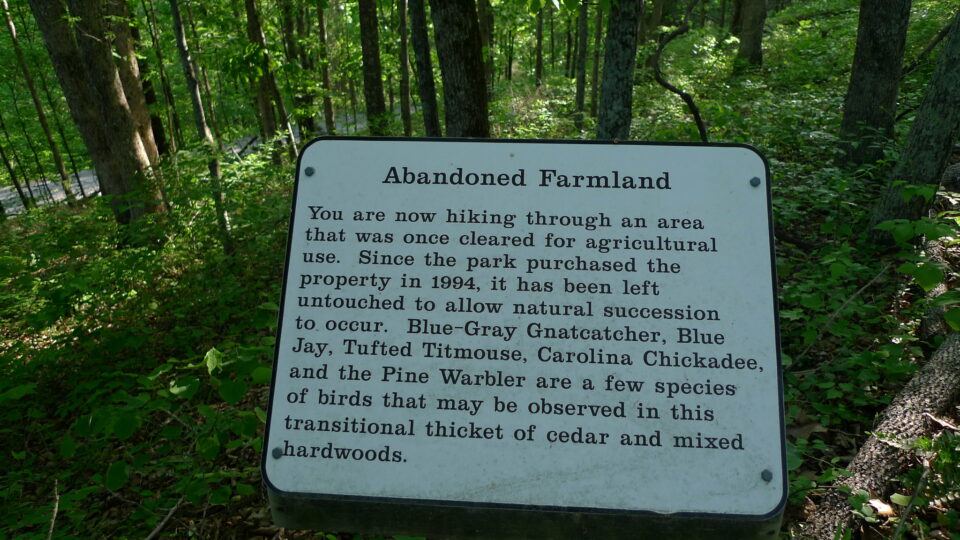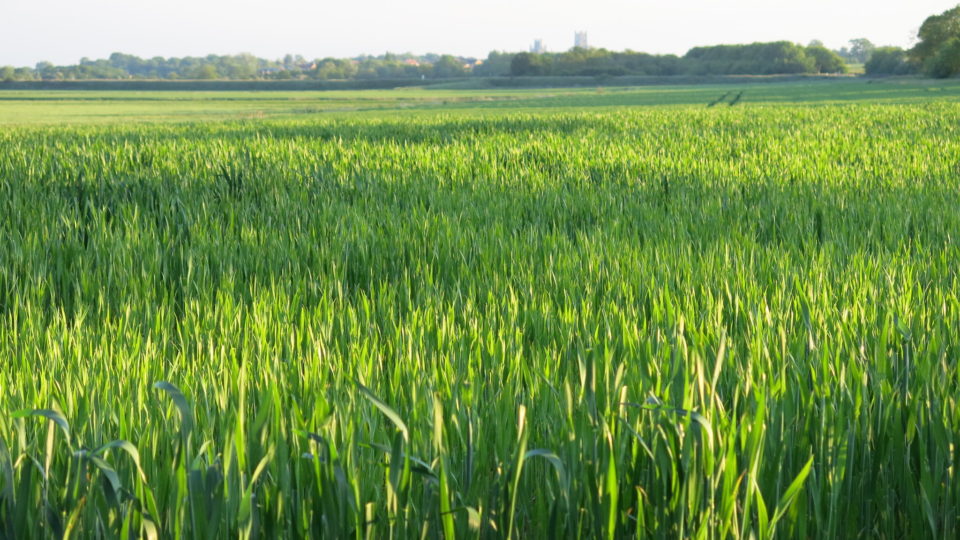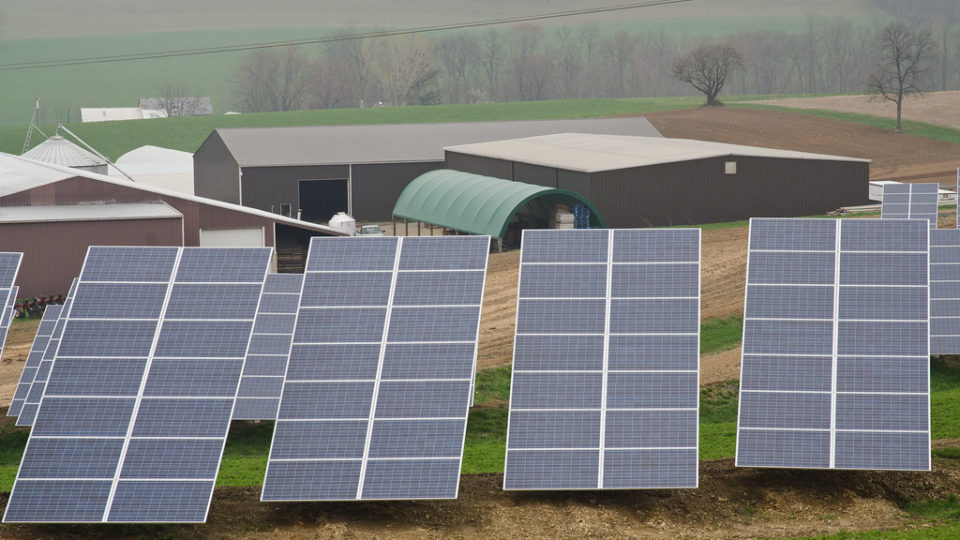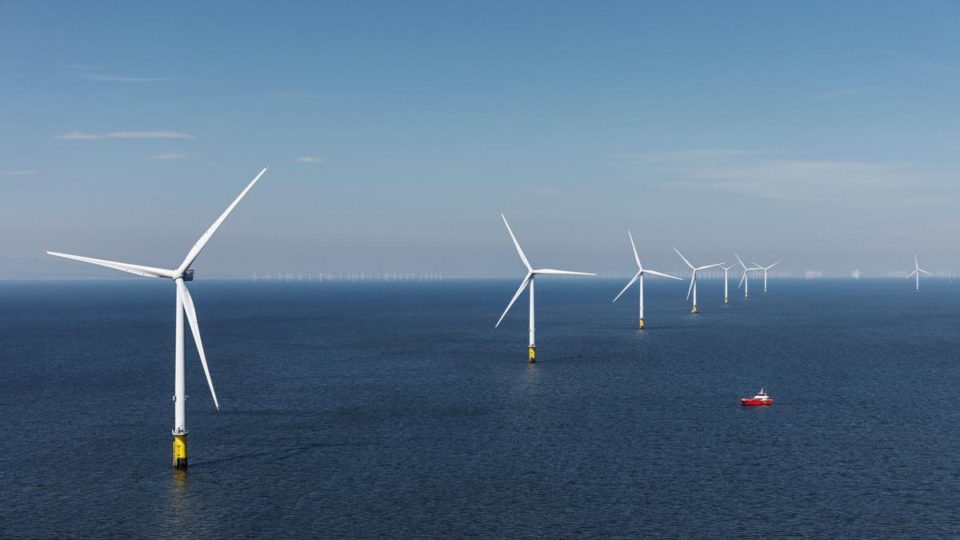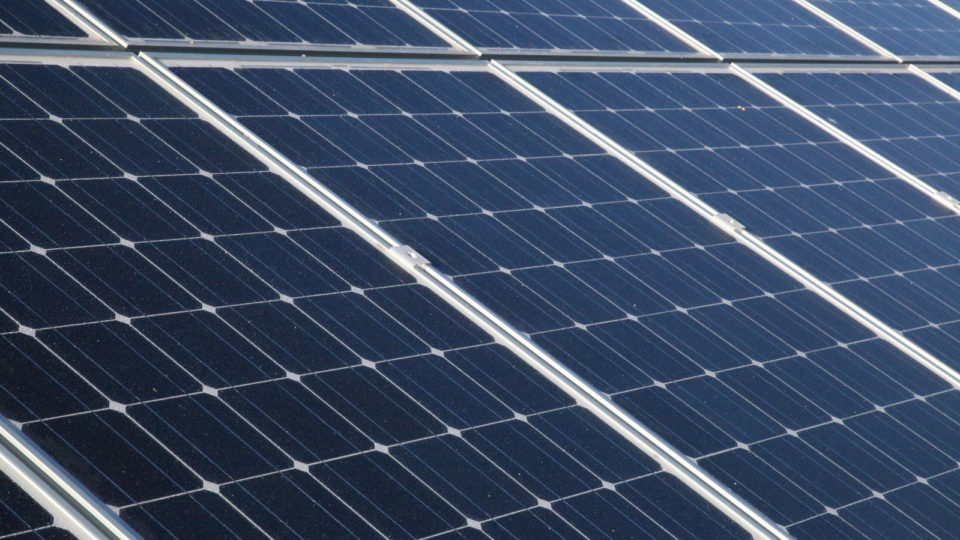Wind power has become one of the most affordable ways to generate electricity as well as being renewable and not contributing to global warming. But there has been the perception that wind farms require a lot of land compared with fossil fuel power plants. This issue of land use has made decision-makers reluctant to invest in wind energy in many instances.
A new study by McGill University in Montreal looked at this issue and has found that land use for wind power is far more efficient than previously thought. The study combined data from geographic information systems with machine learning models to assess land usage associated with nearly 16,000 wind turbines in the western U.S.
The study assessed the land use of 320 wind farms. They found that wind power infrastructure (mostly the turbines themselves and the roads that lead to them) typically only uses 5% of the land area of a wind farm. If the wind farm is sited in locations with existing infrastructure, such as on agricultural land, then it can be as much as seven times more land-efficient – meaning the amount energy produced in a given area of land impacted by the infrastructure – than a wind farm that is developed on unused land.
Previous studies of wind farm land usage assumed that all of the land where the wind farm was located was devoted to energy generation. In reality, most of land in question is often used for other purposes, such as agriculture.
The methods developed by the researchers are potentially useable for future assessments of various energy technologies in terms of their environmental sustainability.
**********
Web Links
Clearing the air: wind farms more land efficient than previously thought
Photo, posted September 29, 2009, courtesy of Tim Green via Flickr.
Earth Wise is a production of WAMC Northeast Public Radio
